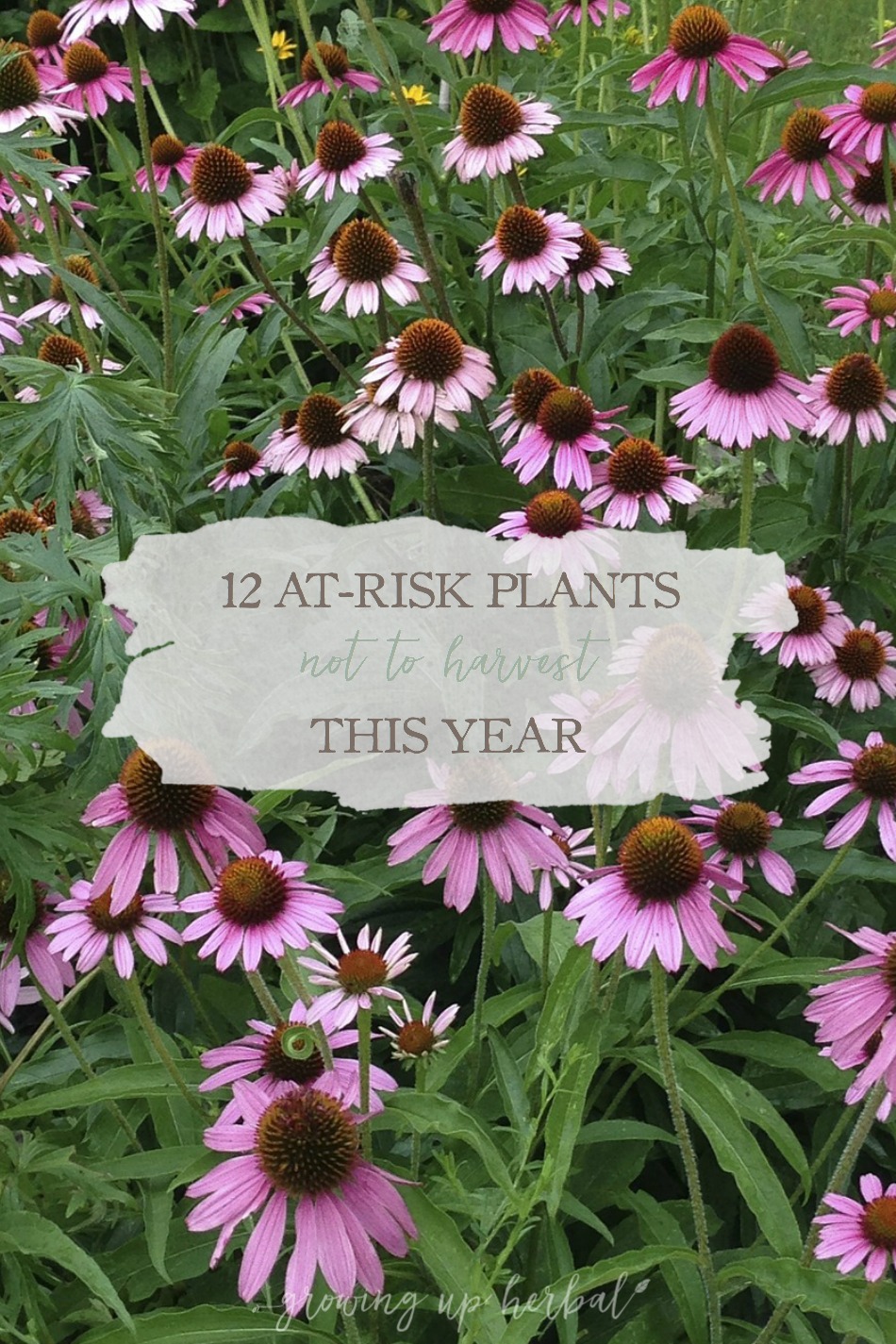
Late spring and summer are ideal times for harvesting plants. This is because, by this time, most plants have developed to the point where their identifying characteristics are obvious — leaves are often fully grown, flowers have blossomed, and some plants are already forming seeds, each of which makes plant identification easier.
While most in the herbal community encourage the wildcrafting of local plants, this practice isn’t as simple as going out and digging an identified plant out of the ground in order to use it. Just as one herbalist teaches another how to make an infused herbal oil or how to incorporate a specific plant into their practice, teaching others how to harvest plants must be combined with a fair amount of instruction on why one should harvest in the first place, which plants to harvest, when to harvest, and how to do it in a sustainable way. Ethics and sustainability are always in the forefront of an herbalists mind as he or she seeks to gather plants to use.
“If we choose to use plants as our medicine, we then become accountable for the wild gardens, their health and their upkeep.” – Rosemary Gladstar
While there are several important pieces of information that an herbalist would want to pass on to someone new to wildcrafting, one of the most important is teaching about at-risk plants and why we should not harvest them.
I’m over at the Herbal Academy blog this week talking about at-risk plants. I’ll explain what at-risk plants are, what our responsibility as herbalists is concerning these plants, and what we can do to preserve and protect them. We’ll also look at 12 at-risk plants that you should not harvest from the wild.
CLICK HERE to read the full post over at the Herbal Academy.